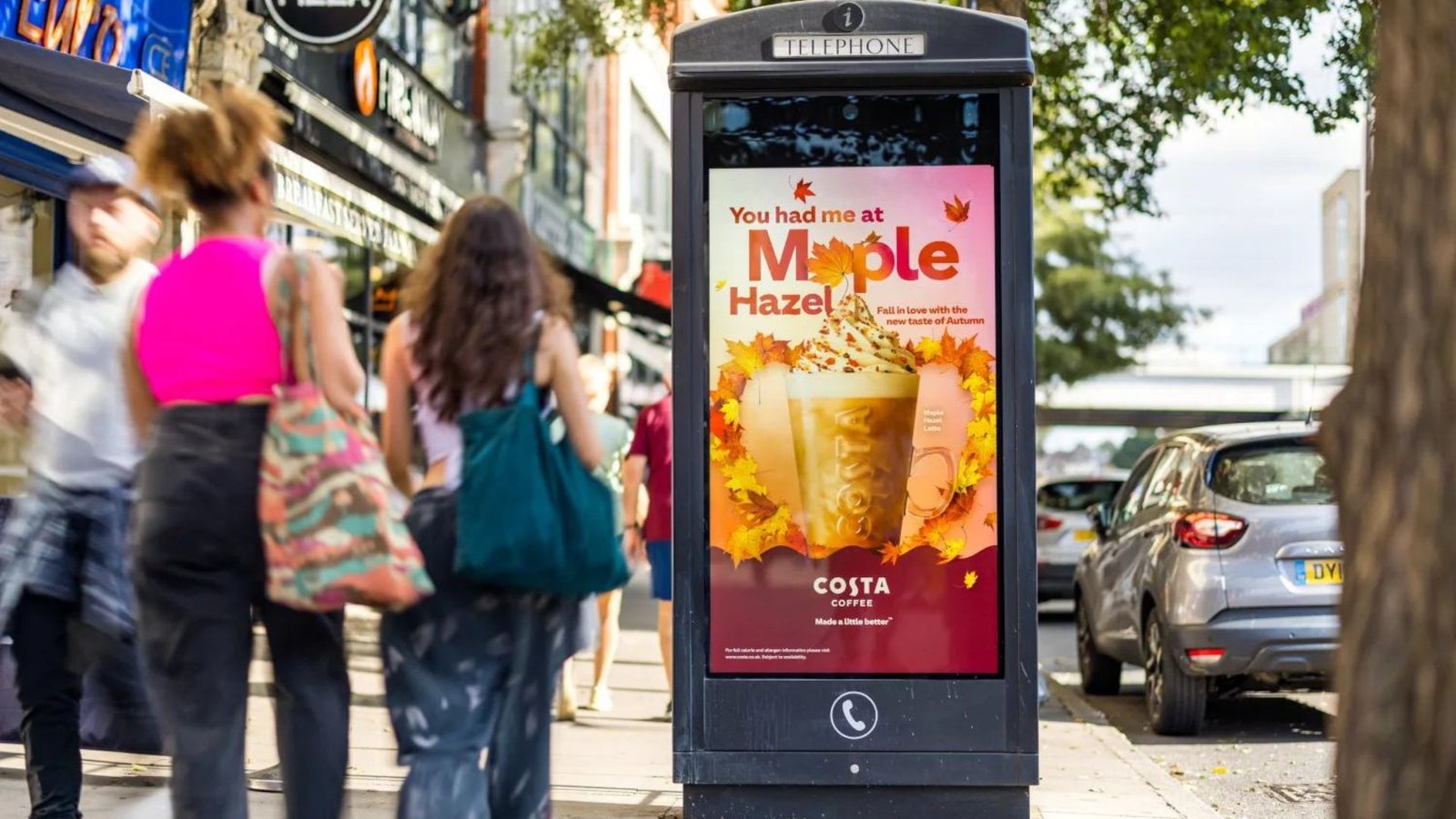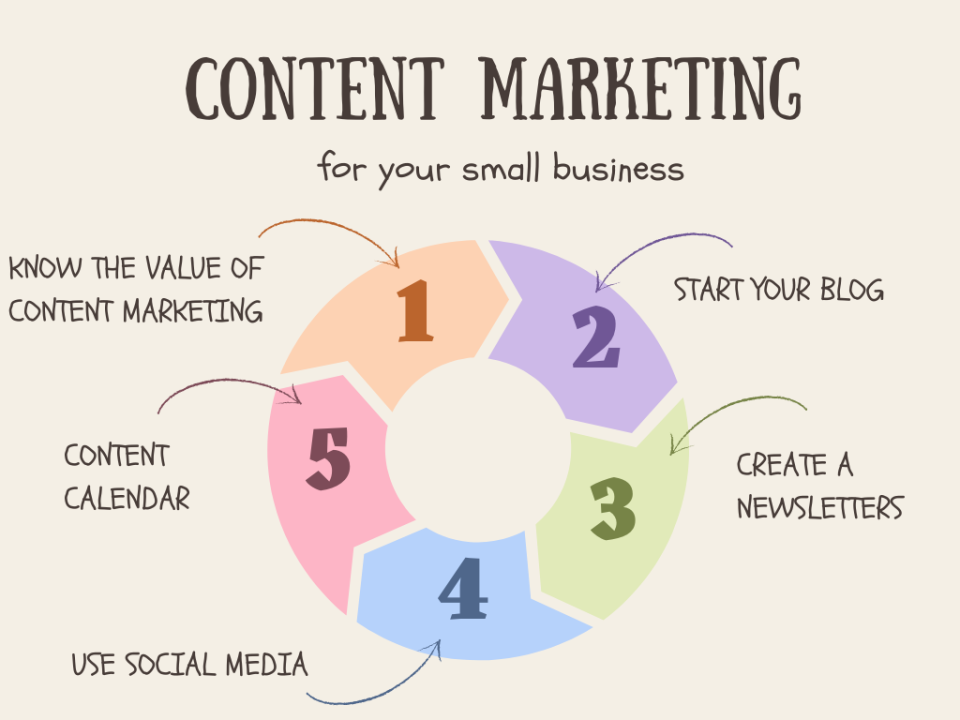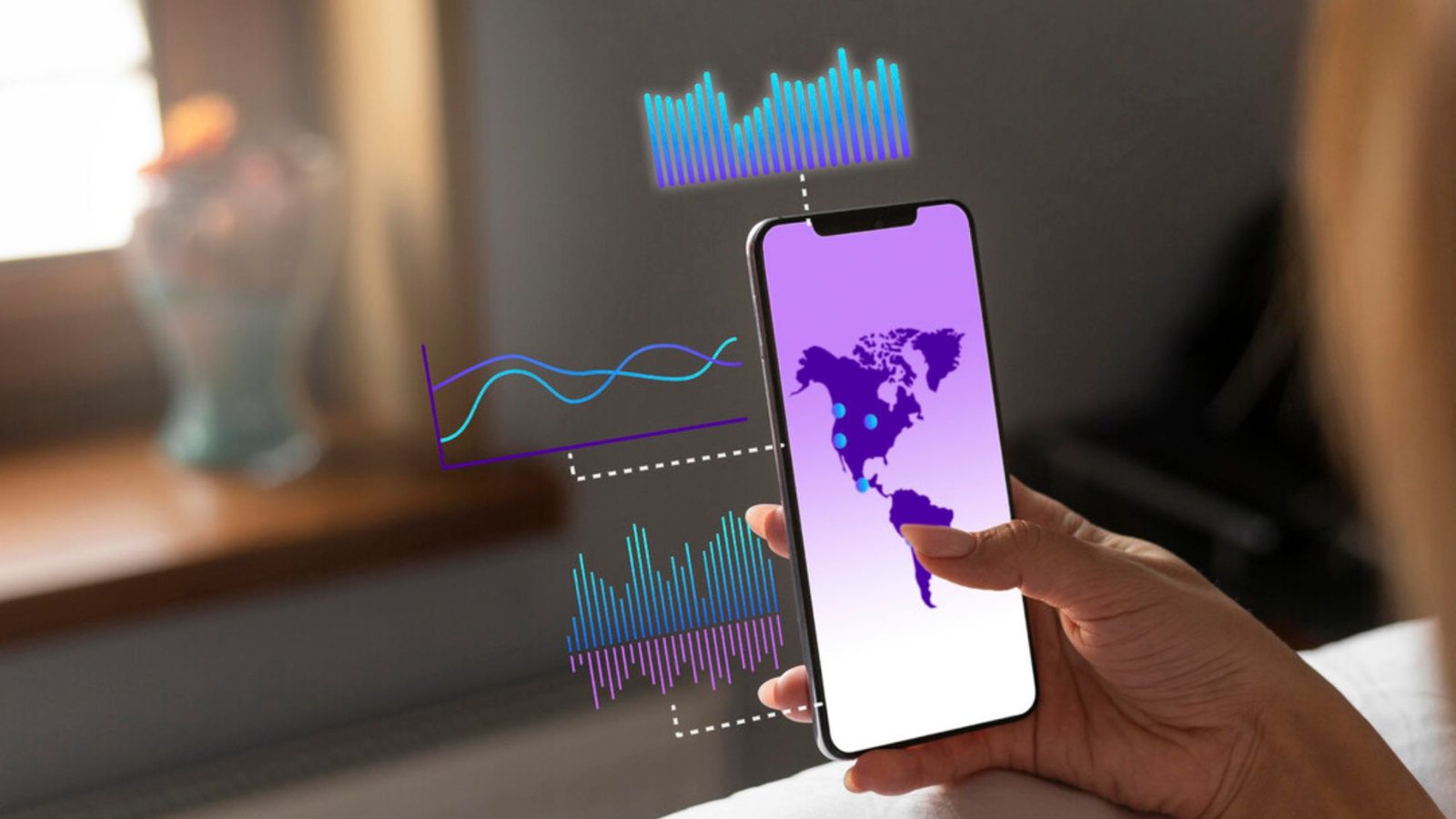Creating a viral marketing campaign is a powerful way to increase brand awareness and reach a wide audience quickly. To achieve this, you need to craft a message that resonates, engage your audience emotionally, and encourage them to share your content. Here’s a step-by-step guide to help you create a successful viral marketing campaign.

Understand Your Audience
Before you start crafting your campaign, it’s essential to know who you’re targeting. Understand your audience’s interests, preferences, and behaviors. Research what types of content they engage with most, their preferred platforms, and the language they use. Tailoring your message to align with your audience’s values and desires increases the likelihood of your campaign going viral.
Set Clear Goals
Determine what you want to achieve with your viral campaign. Whether it’s increasing brand awareness, generating leads, or driving sales, having clear objectives will guide your strategy and help you measure success. Define key performance indicators (KPIs) such as shares, likes, views, and conversions to track your campaign’s effectiveness.
Craft a Compelling Message
Your message is the heart of your viral campaign. It should be simple, memorable, and emotionally engaging. Consider using humor, surprise, or inspiration to capture attention. The message should also align with your brand’s identity and values while being relatable to your target audience. Make sure it’s something that people will want to talk about and share with others.
Create Shareable Content
For a campaign to go viral, the content must be easy to share. Use visual elements like videos, images, or memes that can quickly grab attention on social media platforms. Short, catchy videos often perform well in viral campaigns. The content should be optimized for sharing on social media, with clear calls to action encouraging viewers to like, comment, and share.
Leverage Social Media Platforms
Choose the right social media platforms where your target audience is most active. Each platform has its own strengths, so tailor your content to fit the format and culture of the platform. For example, Instagram is great for visual content, while Twitter is ideal for short, punchy messages. Use hashtags, influencers, and trending topics to increase visibility.
Engage with Your Audience
Interaction is key to keeping the momentum of a viral campaign. Respond to comments, share user-generated content, and engage with your audience in real-time. This interaction not only boosts the visibility of your campaign but also builds a community around your brand. Encouraging participation through challenges, contests, or giveaways can also drive engagement.
Utilize Influencers and Partners
Collaborate with influencers who have a strong following within your target audience. Influencers can amplify your message by sharing it with their followers, adding credibility, and encouraging more shares. Additionally, partnering with other brands or organizations that share your audience can extend your reach and create mutually beneficial content.
Monitor and Adapt
Once your campaign is live, continuously monitor its performance. Use analytics tools to track how the campaign is being shared and the engagement it’s receiving. Be prepared to adapt quickly if something isn’t working as expected. Sometimes, small tweaks can significantly improve the campaign’s reach and impact.
Capitalize on the Momentum
If your campaign goes viral, capitalize on the momentum by following up with related content or offers. Keep the conversation going by engaging with your audience and encouraging them to continue sharing. Use the buzz to drive traffic to your website, increase email sign-ups, or promote a new product.
Learn from the Results
After the campaign ends, analyze the results to understand what worked and what didn’t. Gather insights on audience behavior, content performance, and the overall impact on your brand. These learnings will be invaluable for planning future marketing campaigns.
Conclusion
Creating a viral marketing campaign requires a deep understanding of your audience, a compelling message, and strategic use of social media platforms. By crafting shareable content, engaging with your audience, and leveraging influencers, you can increase your chances of achieving viral success. Remember to monitor your campaign’s performance and adapt as needed to maximize its impact.




